L'Abri Fellowship: A Vulnerable but Secure Shelter
Mary McCampbell
Perhaps more than anything, L’Abri Fellowship provides a space that invites, encourages, even fosters vulnerability. It is almost impossible to explain what L’Abri is in one word—or even one succinct phrase. Its name means “shelter” in French—and the word has a rich, multilayered meaning. Francis and Edith Schaeffer began the work of L’Abri in 1955 in Huémoz, Switzerland as their home became an open space for dialogue and honest questions for the locals and friends of their children. Word spread quickly, and L’Abri was born as a communal study center, a home open to any who want to come and seek answers to life’s big questions.
There are now eight residential L’Abri Fellowship communities around the world, and I am here as “Writer in Residence” at English L’Abri for a summer term. I have walked through the heavy wooden front door of this manor house many times before, each time both exciting and frightening; although the days at L’Abri are very structured, almost everything else, except for the warm welcome, is unpredictable, fragile, vulnerable.
According to English L’Abri director Andrew Fellows, the founders of L’Abri, Francis and Edith Schaeffer, created an organization that was “intentionally flimsy.” After asking themselves whether their lives would be different if every reference to prayer and the Holy Spirit evaporated, they honestly answered “no,” and decided that the work of L’Abri must be based not on strategic planning, recruiting, and well planned financial security, but on a visible, vulnerable dependence on God. Because of this, L’Abri was founded on four “intentionally flimsy” principles: 1) not advertising for students 2) not advertising for workers 3) not fund raising, and 4) not having a plan. Although the Schaeffers (and current L’Abri workers) do not speak against advertising, fund raising, etc.—and even verbally support some Christian ministries that do this—they feel/felt a specific calling to demonstrate the reality of God’s provision and presence through intentional vulnerability.
The L’Abri philosophy and practice is very much evident in the lunch discussions that occur five days out of the week in workers’ homes or the manor dining room or kitchen. A L’Abri worker heads the table, and ten or so students assemble at each lunch table. After we have all been served (lush, homemade) food, the table is open for any of the students to ask a question that will be discussed for the next hour and a half. Any question is a good question as long as, as the workers put it, it is an “honest question.” In a sense, the lunch discussion is a representation of the heart of L’Abri, a belief that, in the context of a life of faith, everything should be open to questions. It is also a testament to a deep acknowledgement of the importance of listening to one another, to truly believing that there are, as Schaeffer says, “no little people,” but a collection of glorious, broken individuals all made in God’s image, all longing for wholeness and community.
Fellows claims that “the heart of community is interpersonal dialogue,” a space where each individual can both hear and be heard in an ongoing reflexive relationship. He also emphasizes that L’Abri has, since the beginning, “championed the question;” this act of gathering to ask a question and grapple together towards an answer—or sometimes just a larger set of questions—is perhaps even countercultural in an age where many have, according to Fellows, “lost their questions.” Asking questions takes both humility and faith as we acknowledge our lack of understanding and hope for an actual answer. It also reminds us to be curious, to regain a sense of “childlike wonder” that, as Wordsworth reminds us, is so often lost in the ongoing distractions of adult life.
When Christ says in Matthew 18:13 "Truly I tell you, unless you change and become like little children, you will never enter the kingdom of heaven” perhaps he is calling us to be vulnerable. And in doing this, to become more and more curious, to learn to ask questions, to turn away from apathy (not caring enough to ask questions) or arrogance (thinking that we know all the answers or can find them fully ourselves). To ask an honest question and seek an answer is a bold, brave, vulnerable move—and it implies a deep trust in the idea that an answer can be found, as well as a trust in those being asked (both God and those discussing the question).
L’Abri’s focus on prayer is clearly a demonstration of vulnerability before God, of curiosity and wonder in front of the mystery of our lives in His image. Because of the safety of God’s provision in the midst of this particular community that acknowledges both human frailty and beauty, L’Abri has created a shelter where students can ask questions of the workers, of one another, of themselves, of God. With this honest, and sometimes painful, vulnerability, we become like little children seeking a home where arms are open and answers can be found.
(Photo by Mägi May)

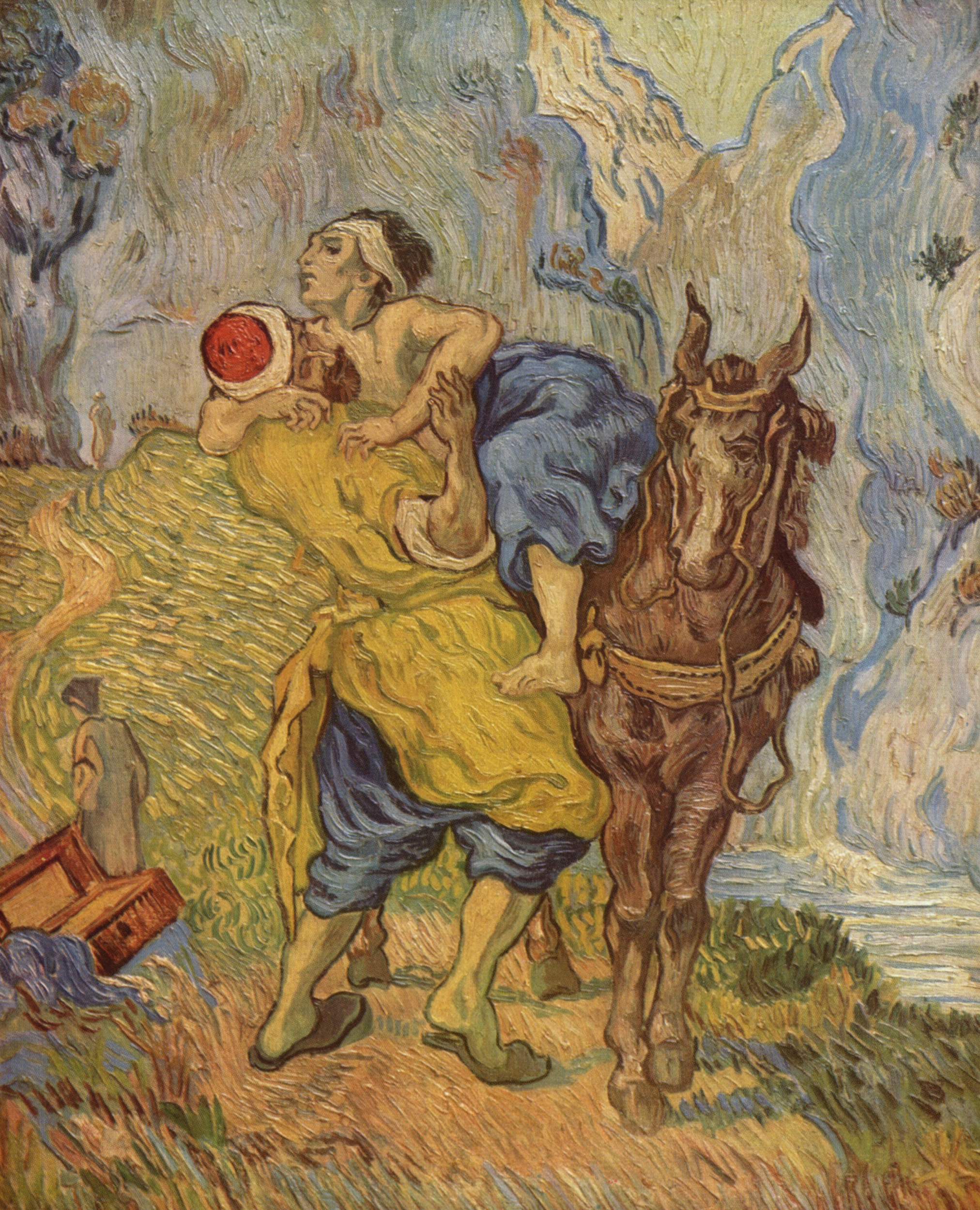

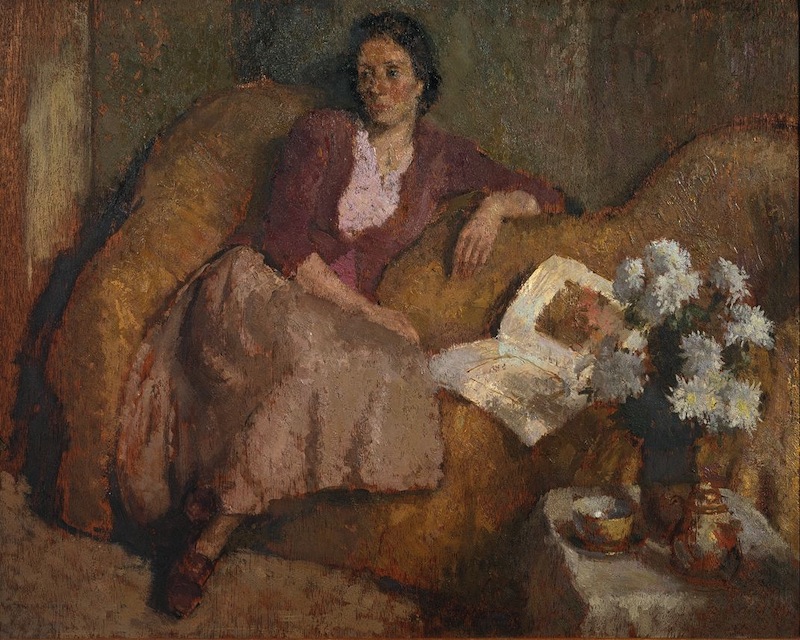

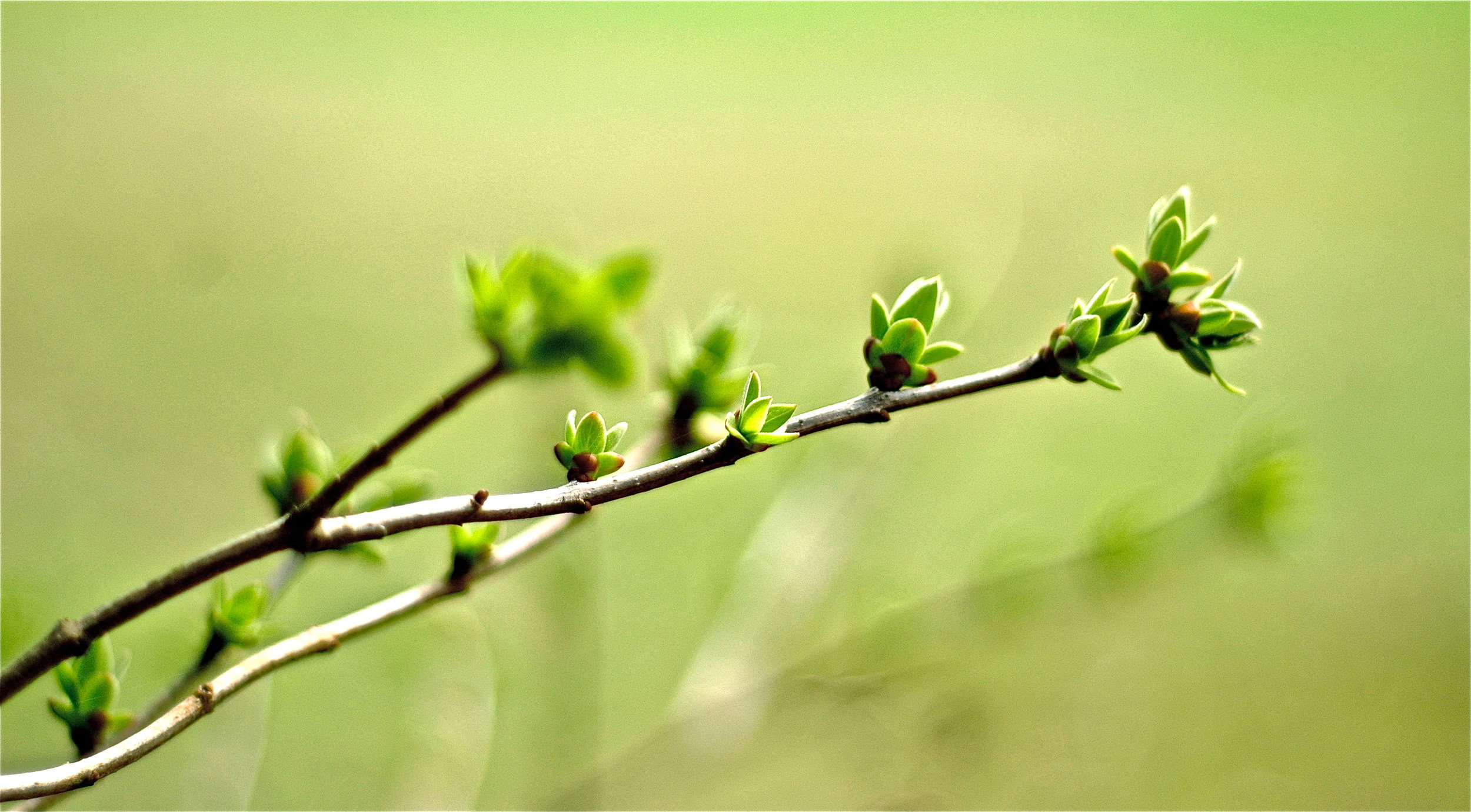
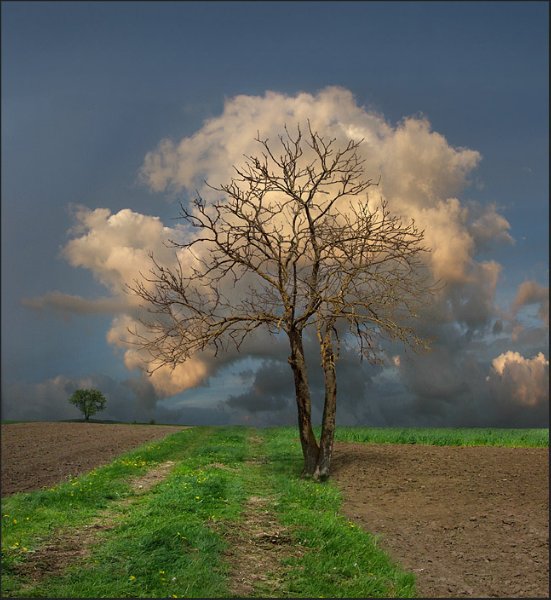


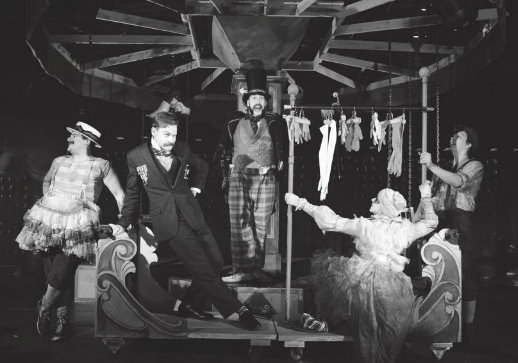




 In the following (a reprint of the editor's note for
In the following (a reprint of the editor's note for